PERSONAL REFLECTIONS
As a senior who regularly works out, I should know about health benefits of exercise for seniors. My favorite quote is by Irish playwright George Bernard Shaw: “We don’t stop playing because we grow old. We grow old because we stop playing”. It may be noteworthy that he lived until he reached 94. He wrote the stage play Pygmalion, on which My Fair Lady was based.
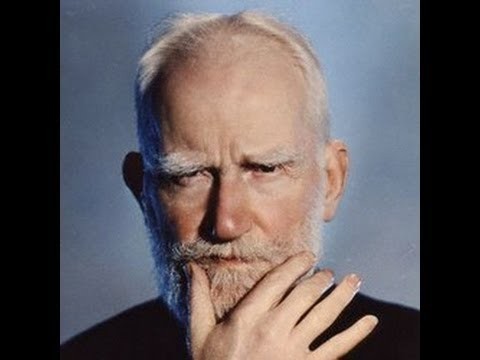
My next door neighbor and I had a brief discussion recently, in which we both agreed that aging is “not for sissies”. Yet almost 10 % of the world’s population is 65 and over. We begin to lose muscle mass in our forties. Our bodies generally decline and our cells may lose their capacity to divide and multiply at the same rates. Professional athletes begin to think of retirement when they reach their mid 30s or before.
I have been forced to bid adieu to sports I had played for decades – first basketball, then tennis. I can probably still hit golf balls and ride in a cart, but that does not give me much real exercise. I do daily workouts at home, though I may also visit the YMCA, mostly to be around other health – oriented people.
My workouts generally consist of resistance sets and cardio on my treadmill. I use resistance cords, dumbbells and Bullworker products for muscular strength. Other than treadmill walking, I may take outdoor walks or hikes at times. I have learned to control my weight, my blood pressure / pulse and my physical proportions. To do otherwise would be unacceptable and depressing. Yet my research tells me that only 25 % of seniors between 65 and 74 do regular exercise.
I understand that others have different priorities. But what priority is greater than one’s health and fitness?
EXERCISE AS TREATMENT
- Arthritis – exercise on a regular basis will lubricate joints and relieve stiffness and pain associated with arthritis
- Blood pressure – physical activity can reduce hypertension, especially diastolic blood pressure

- Healing – regular exercise may significantly reduce the time for an injury to heal
- Type II diabetes and obesity – physical activity will help us maintain proper bodyweight and efficiently manage glucose and insulin
- Balance and stability – exercise can improve functional balance and reach, thus preventing falls
- Chronic pain – the pain in the musculoskeletal system, associated with aging, may be lessened by exercise
- Insomnia – we may sleep much better after tiring exercise
- Bone density – walking or jogging can strengthen bones and reduce the risk of osteoporosis
EXERCISE AS A PREVENTATIVE
- Disability – incident disability has been shown to be reduced with regular exercise, such as dancing
- Disease and chronic conditions – exercise by seniors may delay or prevent diabetes, cancer, strokes and heart disease
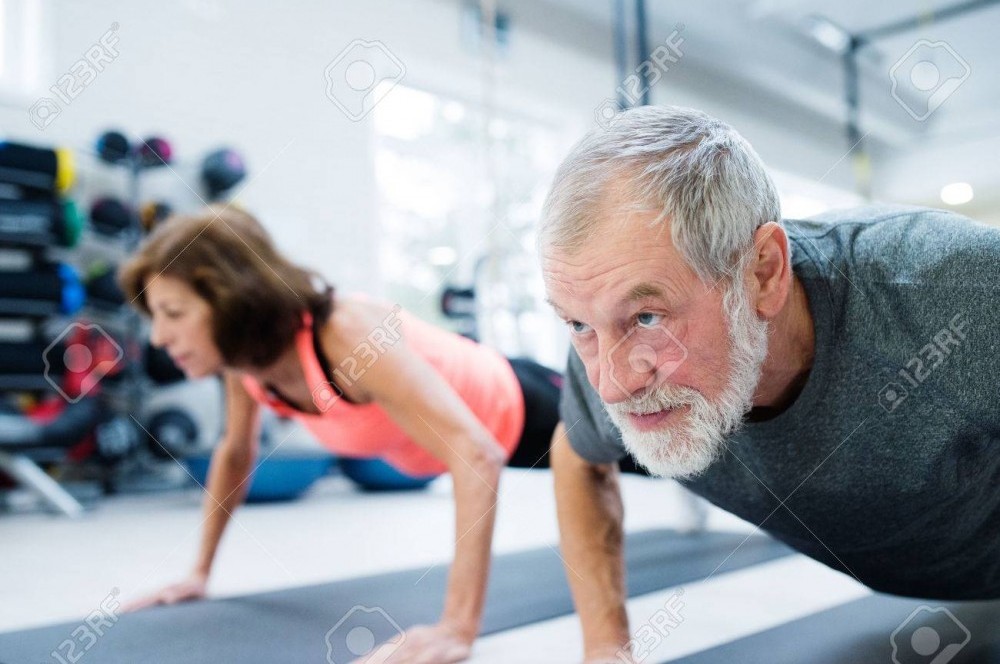
- Mortality – recent studies show that exercise may significantly reduce mortality from all causes
- Heart attacks – cardiovascular exercise – brisk walking, cycling, swimming – raises the heart rate and improves overall health
NON – PHYSICAL BENEFITS OF EXERCISE
- Dementia – clinical studies show that moderate exercise by seniors significantly reduces mental decline and the risk of Alzheimer’s Disease
- Depression – exercise by seniors can have a positive effect on our moods and can benefit our overall vitality
- Quality of life – the maintenance of functional independence can be enhanced by being physically active for 30 minutes per day. This gives us more confidence and independence, as well as reducing the incidence of falls among seniors.
MODERATION FOR SENIORS
After being “cleared for takeoff” by your physician, begin with low intensity workouts. I would recommend plenty of walking, cycling, dancing or swimming – working up to 30 minutes per day. Include resistance exercise, beginning with light weights or other forms of resistance. The weights will add muscle at any age. Muscles will increase calorie expenditure at rest, as well as improving your physique.
Resistance cords or bands are excellent and give us a great low impact workout. Note the image below.
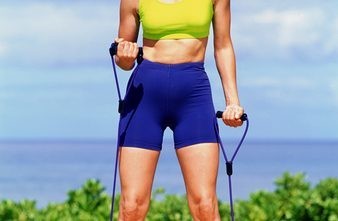
Here are a couple of reasonably priced resistance cord sets from Amazon, As an Amazon associate, I may earn from qualifying purchases.
Dumbbells are also used by seniors for muscle tone and growth. Note image below
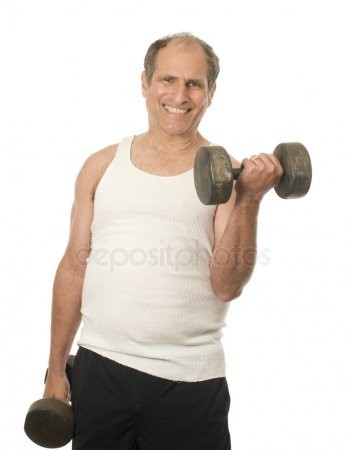
Here is a very light set of dumbbells, 32 total pounds
And an adjustable set, with a bit more weight
My indoor cardio source is my treadmill, shown below
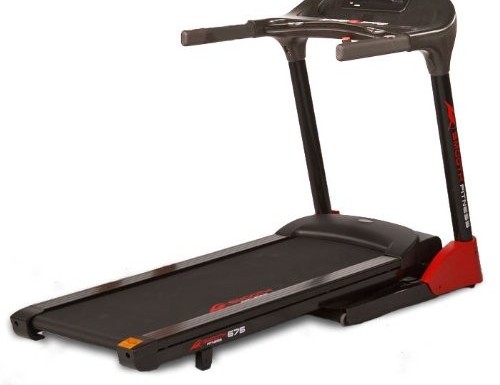
Here is my treadmill, as updated
Bullworker products give us resistance by use of weighted springs within the cylinders. Below is the Bullworker Steel Bow. The red handles may be compressed for chest development or the black handles may be spread for back or shoulder development – to mention only a couple of movements.
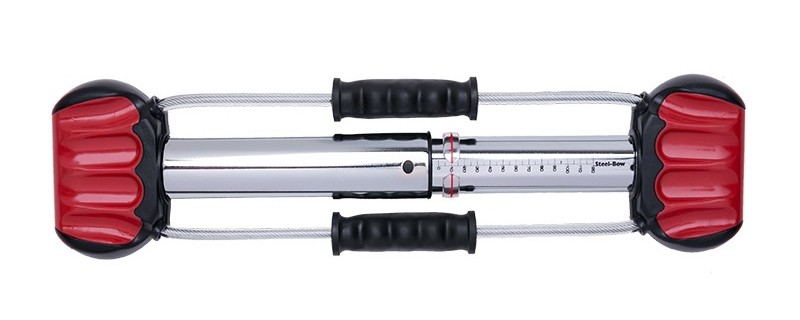
The entire Bullworker line may be shown here
The above equipment is ideal for seniors. Light resistance may be used and increased as necessary with each of these items. Bullworker products give us the option of isometric forms of exercise, often used by seniors to protect joints.
In our senior years, we generally use lighter forms of resistance to maintain muscularity, as opposed to power lifting or heavier workouts. There are exceptions, but moderation usually rules.
CONCLUDING
The important thing is to keep moving – 30 minutes of cardio per day and at least a couple of days per week of resistance exercise.
I didn’t list any workout programs in this post. Please review any of my 40 prior posts within my blog roll for specific workout information. Or leave any questions or comments in the “Comments” box below.
Be well!